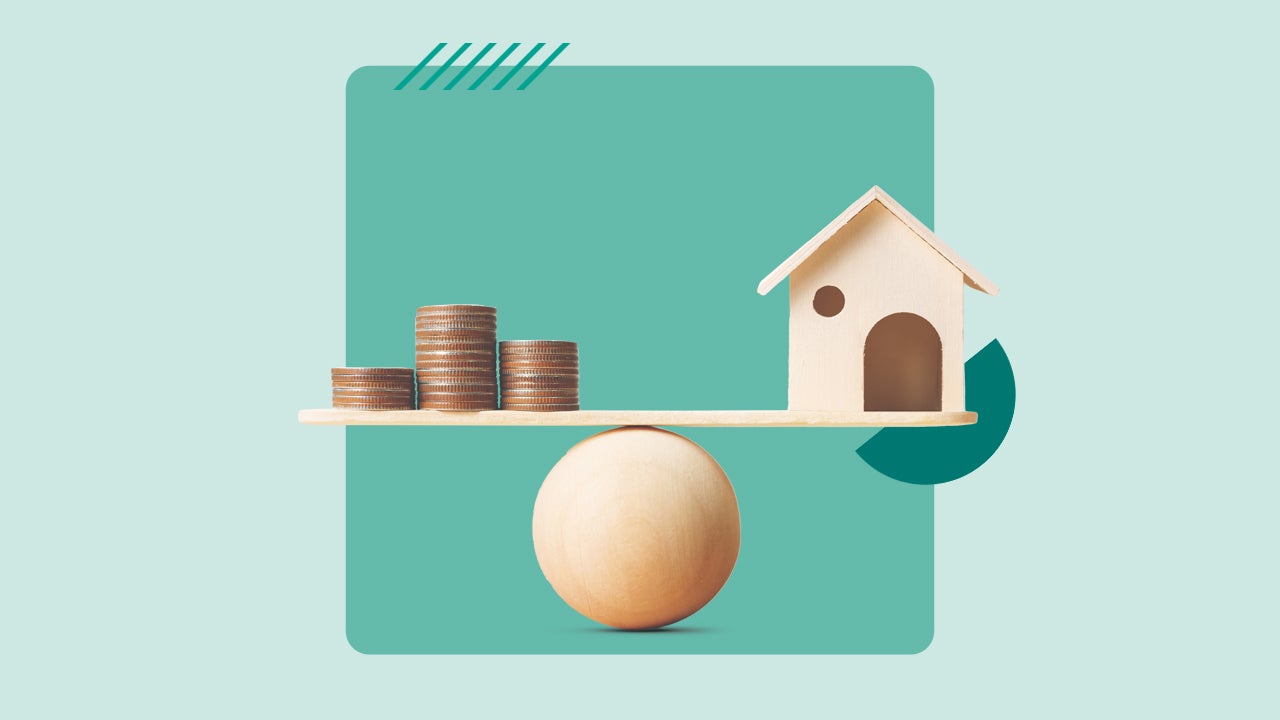Open-ended mortgages: What are they and how do they work?

Key takeaways
- An open-end mortgage provides financing to help you buy a home now and renovate it in the future.
- Open-end mortgages work similarly to a home equity line of credit, but you can only use the drawn funds for upgrades to your property.
- Few mortgage lenders offer open-end loans. There are other loan options that wrap the purchase and renovations into one mortgage, and other ways to pay for improvements in general.
What is an open-end mortgage?
With an open-end mortgage, you’ll first finance your home purchase, then borrow more over time, at your discretion, to renovate the property. In essence, you’re increasing your loan principal. This differs from a closed mortgage, which provides a set amount of funds and doesn’t allow you to borrow more.
How does an open-end mortgage work?
Like a home equity line of credit (HELOC), with an open-end mortgage, you’ll have a draw period, or window, to borrow more money, also known as “future advances.” Unlike a HELOC, however, this money can only be used to improve your home.
Whether you draw more funds or not, you’ll continue to pay principal and interest payments on the amount you used to buy the home.
Example of an open-end mortgage
Open-end mortgage qualifications
Open-end mortgages are not available everywhere. If you’re able to find an open-end mortgage lender, you’ll need to get your finances in shape just like you would when you apply for a traditional mortgage. While requirements vary by lender, this might include:
- A credit score of at least 620
- A debt-to-income (DTI) ratio of no more than 43 percent
- A down payment of at least 20 percent
Pros and cons of an open-end mortgage

Pros of an open-end mortgage
- Finance a home purchase and renovations with one loan and one monthly payment
- Only repay the mortgage and any extra you use
- Avoid closing costs for two loans

Cons of an open-end mortgage
- Difficult to find a lender that offers open-end loans, and some states don’t allow them
- Can’t draw more than the maximum
- Risk of borrowing more than what you can reasonably repay
Alternatives to an open-end mortgage
It can be hard to find an open-ended mortgage. If you need financing to buy and renovate a home, here are some other options:
- Fannie Mae HomeStyle Renovation loan: A conventional loan for a home purchase plus renovations worth up to 75 percent of its after-improvement value
- Freddie Mac CHOICERenovation loan: Another type of conventional loan for a home purchase plus renovations
- FHA 203(k) loan: An FHA loan for a home purchase plus renovations costing either up to or beyond $35,000 (depending if you get a Limited or Standard 203(k) loan)
- VA renovation loan: For eligible servicemembers and veterans, a VA loan for a home purchase plus renovations worth up to after-improvement value
- USDA Section 504 Home Repair loan: For very low-income homeowners in eligible locations, a USDA loan for renovations up to $40,000
- Home improvement loan: A personal loan for renovations, with amounts and rates varying by lender
What borrowers should know about open-ended mortgages today
Open-ended mortgages are really hard to find today, and they’re not available in every state.
“I don’t know a single lender that offers an open-ended mortgage,” says Melissa Cohn, regional vice president of William Raveis Mortgage. “It would be impossible to provide additional credit unless you know the value of the home will grow — like in a construction loan where the borrower provides the plans and the property is appraised at future value.”
For that reason, you might not even find an open-ended mortgage a worthy option to consider, since there are many other alternatives for both a home purchase and upgrades, such as HomeStyle or 203(k) renovation loans.
FAQ about open-end mortgages
Why we ask for feedback Your feedback helps us improve our content and services. It takes less than a minute to complete.
Your responses are anonymous and will only be used for improving our website.







